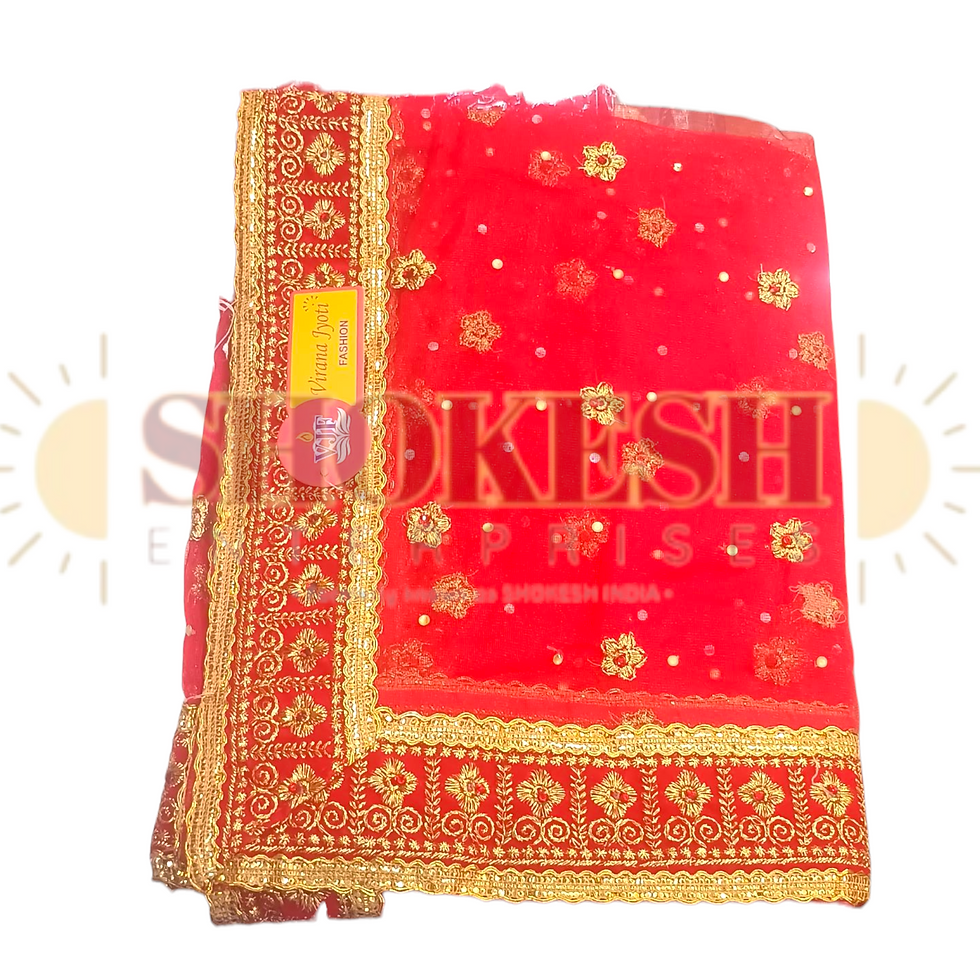Embracing Sustainable Fashion: A Guide to Eco-Friendly Shopping
- _Shokesh _

- Apr 7, 2024
- 2 min read
Title: Embracing Sustainable Fashion: A Guide to Eco-Friendly Shopping
In recent years, the fashion industry has undergone a significant transformation, with a growing emphasis on sustainability and eco-consciousness. As consumers become more aware of the environmental and social impacts of their purchasing decisions, there has been a shift towards embracing sustainable fashion practices. In this blog post, we'll explore the importance of sustainable fashion and provide tips on how you can make more eco-friendly choices when shopping for clothing and accessories.
### Why Sustainable Fashion Matters
The fashion industry is notorious for its environmental footprint, with issues such as water pollution, waste generation, and carbon emissions plaguing traditional manufacturing processes. Additionally, many garment workers face exploitation and unsafe working conditions in factories around the world. Sustainable fashion seeks to address these issues by promoting ethical and environmentally friendly practices throughout the supply chain.
By choosing sustainable fashion brands, consumers can support companies that prioritize transparency, fair labor practices, and eco-friendly materials. Furthermore, opting for high-quality, durable clothing reduces the need for frequent replacements, ultimately reducing waste and conserving resources.
### Tips for Eco-Friendly Shopping
1. Research Brands: Before making a purchase, take the time to research the brands you're considering. Look for companies that are committed to sustainability, use eco-friendly materials, and have transparent supply chains. Certifications such as Fair Trade and GOTS (Global Organic Textile Standard) can also indicate a brand's commitment to ethical and environmental standards.
2. Choose Quality Over Quantity: Instead of succumbing to fast fashion trends, invest in timeless, high-quality pieces that are designed to last. Quality garments not only look better and feel more comfortable but also have a lower environmental impact in the long run.
3. Opt for Natural Fibers: When possible, choose clothing made from natural fibers such as organic cotton, hemp, linen, and bamboo. These materials are biodegradable, renewable, and generally have a lower environmental footprint compared to synthetic fabrics like polyester and nylon.
4. Support Secondhand and Vintage: Embrace the concept of "reduce, reuse, recycle" by shopping for secondhand or vintage clothing. Thrift stores, consignment shops, and online marketplaces offer a treasure trove of unique finds at affordable prices, while also diverting textiles from landfills.
5. Minimize Washing and Care for Your Clothes: Extend the life of your clothing by washing them less frequently and following care instructions carefully. Cold water, air drying, and eco-friendly detergents can help reduce energy consumption and water usage while preserving the integrity of your garments.
6. Educate Yourself: Stay informed about sustainability issues in the fashion industry and educate yourself on topics such as ethical sourcing, textile recycling, and circular fashion. By arming yourself with knowledge, you can make more informed choices as a consumer and advocate for positive change within the industry.
### Conclusion
As consumers, we have the power to drive positive change in the fashion industry by supporting sustainable and ethical practices. By prioritizing quality over quantity, choosing eco-friendly materials, and supporting brands that align with our values, we can create a more sustainable future for fashion.
Let's embrace sustainable fashion as not just a trend, but a conscious choice that benefits both people and the planet. Together, we can redefine the way we consume fashion and pave the way for a more ethical and environmentally friendly industry.




















